I think we can all agree the combination of MDMA and LSD, also known as the “candyflip” is something special. It was the first combo of MDMA with another drug to be named in such a way, and despite MDMA’s ability to combine with most drugs well, it’s relationship with LSD is unique and highly synergistic.
In this thread I’d like to look deeper as to why these two get along so well. Let’s jump right in.
I’ll begin with this article. As we know oxytocin is an integral part of the MDMA/roll experience. While it is argued to what extent oxytocin plays a role in its pro-social effects, it can’t be denied that there is likely at least some effect. From my research, oxytocin levels don’t significantly increase until a threshold has been passed on dosage.
LSD also has some effect on oxytocin levels, albeit less pronounced. In this article we see a modest oxytocin increase with 200ug LSD but what’s interesting is how long it lasts, 8hrs later levels are still tapering off.
Next an article looking at MDMA oxytocin plasma levels. We see hardly any increase from placebo at .75mg/kg but nearly a 4x increase with 1.5mg/kg MDMA. We also see peak levels occur around 90-120min and fall to half those levels by 240min.
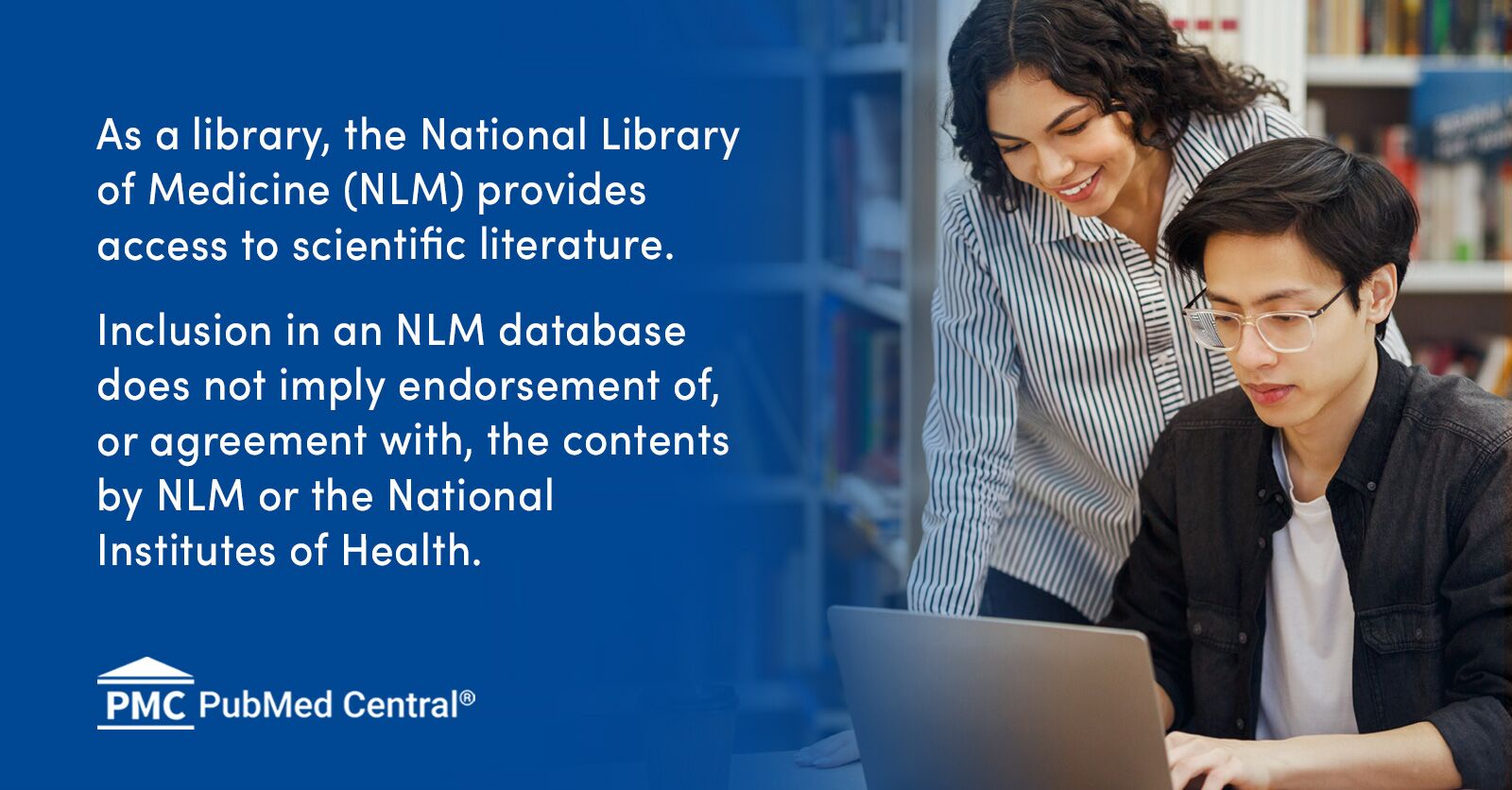
 www.ncbi.nlm.nih.gov
www.ncbi.nlm.nih.gov
These oxytocin plasma levels correlate well with MDMA’s effects graph. One more article for good measure on that front.
This next article shows there’s a connection between serotonin and oxytocin when it comes to social reward.
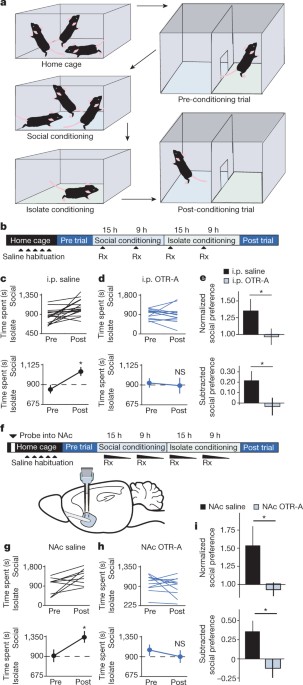
 www.nature.com
www.nature.com
Why this article is important is the specific mention of 5-ht1b as being important for the social reward aspect to occur.
Let’s look at this lesser know 5-ht1 subtype. When we search the Wikipedia for ligands I see only one agonist which looks familiar. Ergotamine, which just so happens to be closely related to LSD.
In the online book “50yrs of LSD” we see LSD has a nanomolar affinity for 5-ht1b, (12 nmol) as well as 5-ht1a (.74 nmol) another subtype known for having downstream oxytocin effect.
In this article we see a possible connection of MDMA’s pro social effects 5-ht1a and subsequent oxytocin release.
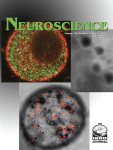
 www.sciencedirect.com
www.sciencedirect.com
LSD’s action at 5-ht1a and b is important because while MDMA also hits on these, it’s very likely it doesn’t hit them with nearly the same affinity as LSD.
In this article we see 5-ht1 receptors are on the lower end when it comes to comparing to the affinity of other receptors.
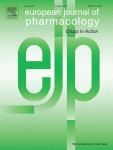
 www.sciencedirect.com
www.sciencedirect.com
Next an article going over serotonin syndrome induce by MDMA via 5-ht1a and 2a. In this article they claim these receptor sites are agonized by the flood of serotonin.
“Many drugs, including MDMA, can easily increase 5-HT to the nanomolar concentrations that activates both synaptic and extrasynaptic 5-HT1Areceptors..”

 www.ncbi.nlm.nih.gov
www.ncbi.nlm.nih.gov
And to finally wrap this all up.. Two articles. One showing LSD is potentiated by fluoxetine an SSRI. (MDMA also inhibits serotonin reuptake.)
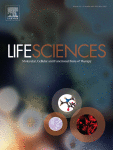
 www.sciencedirect.com
www.sciencedirect.com
Then the icing on the cake, an article showing MDMA combined with LSD “synergized to produce a maximal MDMA-like response.”
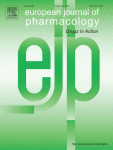
 www.sciencedirect.com
www.sciencedirect.com
TL:DR- MDMA and LSD potentiate each other via various mechanisms. In this case of LSD potentiating MDMA, this likely occurs through the agonism of 5-ht1a, 1b, and 2a. 5-ht1b mediates oxytocin mediated social reward, of which LSD happens to have potent nanomolar affinity. MDMA might possibly increase LSD’s effects via its serotonin reuptake inhibition.
In the next post I’d like to try my best to compare the pharmacological profiles of LSD to other close psychedelics to better understand why it synergizes so well with MDMA.
-GC
In this thread I’d like to look deeper as to why these two get along so well. Let’s jump right in.
I’ll begin with this article. As we know oxytocin is an integral part of the MDMA/roll experience. While it is argued to what extent oxytocin plays a role in its pro-social effects, it can’t be denied that there is likely at least some effect. From my research, oxytocin levels don’t significantly increase until a threshold has been passed on dosage.
LSD also has some effect on oxytocin levels, albeit less pronounced. In this article we see a modest oxytocin increase with 200ug LSD but what’s interesting is how long it lasts, 8hrs later levels are still tapering off.
Next an article looking at MDMA oxytocin plasma levels. We see hardly any increase from placebo at .75mg/kg but nearly a 4x increase with 1.5mg/kg MDMA. We also see peak levels occur around 90-120min and fall to half those levels by 240min.

Plasma oxytocin concentrations following MDMA or intranasal oxytocin in humans
MDMA (±3,4-methylenedioxymethamphetamine, ‘ecstasy’) is reportedly used recreationally because it increases feelings of sociability and interpersonal closeness. Prior work suggests that the pro-social effects of MDMA may be mediated ...
These oxytocin plasma levels correlate well with MDMA’s effects graph. One more article for good measure on that front.
This next article shows there’s a connection between serotonin and oxytocin when it comes to social reward.

Social reward requires coordinated activity of nucleus accumbens oxytocin and serotonin - Nature
In male mice oxytocin acts as a social reinforcement signal within the nucleus accumbens (NAc) core, where it elicits a presynaptically expressed long-term depression (LTD) of excitatory synaptic transmission in medium spiny neurons; deletion of oxytocin receptors from the dorsal raphe nucleus...
Why this article is important is the specific mention of 5-ht1b as being important for the social reward aspect to occur.
Let’s look at this lesser know 5-ht1 subtype. When we search the Wikipedia for ligands I see only one agonist which looks familiar. Ergotamine, which just so happens to be closely related to LSD.
In the online book “50yrs of LSD” we see LSD has a nanomolar affinity for 5-ht1b, (12 nmol) as well as 5-ht1a (.74 nmol) another subtype known for having downstream oxytocin effect.
In this article we see a possible connection of MDMA’s pro social effects 5-ht1a and subsequent oxytocin release.

A role for oxytocin and 5-HT1A receptors in the prosocial effects of 3,4 methylenedioxymethamphetamine (“ecstasy”)
The drug 3,4 methylenedioxymethamphetamine (MDMA; ecstasy) has a widely documented ability to increase feelings of love and closeness toward others. T…
LSD’s action at 5-ht1a and b is important because while MDMA also hits on these, it’s very likely it doesn’t hit them with nearly the same affinity as LSD.
In this article we see 5-ht1 receptors are on the lower end when it comes to comparing to the affinity of other receptors.

Pharmacologic profile of MDMA (3,4-methylenedioxymethamphetamine) at various brain recognition sites
We report here an in vitro pharmacologic profile for MDMA (3,4-methylenedioxymethamphetamine) at various brain recognition sites. The rank order of af…
Next an article going over serotonin syndrome induce by MDMA via 5-ht1a and 2a. In this article they claim these receptor sites are agonized by the flood of serotonin.
“Many drugs, including MDMA, can easily increase 5-HT to the nanomolar concentrations that activates both synaptic and extrasynaptic 5-HT1Areceptors..”

Environment Influencing Serotonin Syndrome Induced by Ecstasy Abuse
Ecstasy is a recreational drug containing 3,4-methylenedioxymethamphetamine (MDMA). In the U.S., there are several millions of lifetime users, and millions each year added to the list as new users. Only several thousand every year show signs of severe ...
And to finally wrap this all up.. Two articles. One showing LSD is potentiated by fluoxetine an SSRI. (MDMA also inhibits serotonin reuptake.)

Potentiation of LSD-induced stimulus control by fluoxetine in the rat
The present investigation examined the interaction between fluoxetine enantiomers and LSD in rats trained with LSD as a discriminative stimulus. The d…
Then the icing on the cake, an article showing MDMA combined with LSD “synergized to produce a maximal MDMA-like response.”

`Candyflipping': Synergistic discriminative effect of LSD and MDMA
The co-administration of d-lysergic acid diethylamide (LSD; `Acid') and 3,4-methylenedioxymethamphetamine (MDMA; `Ecstasy'; `XTC'), has reached a prev…
TL:DR- MDMA and LSD potentiate each other via various mechanisms. In this case of LSD potentiating MDMA, this likely occurs through the agonism of 5-ht1a, 1b, and 2a. 5-ht1b mediates oxytocin mediated social reward, of which LSD happens to have potent nanomolar affinity. MDMA might possibly increase LSD’s effects via its serotonin reuptake inhibition.
In the next post I’d like to try my best to compare the pharmacological profiles of LSD to other close psychedelics to better understand why it synergizes so well with MDMA.
-GC
